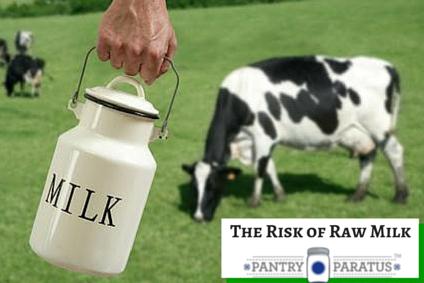
What are some of the riskiest things you do?
Drive on icy roads?
Tell the wife she looks fat in that sweater?
Eat prepackaged donuts from the gas station checkout line?
There is a reason I ask: this was the defining subject of debate during a two-hour hearing in the Montana State Legislature. Okay, maybe not the part about looking fat, but the part about risk. You see, it was a two-hour debate about whether people should have the freedom of choice on drinking fresh milk as God intended or if people should be forced to only drink milk that has gone through the Industrial Age de-flavoring, de-nutritionalizing, and deconstructing process currently required by law (aka, pasteurization).
Drinking animal milk is a choice; you do not have to do it and many people do not. I’m making that point upfront because I’m hoping to stave off the comments below to that effect; if that is your choice and you are healthy, excellent. But our family found that we have our most excellent health when we have access to high-fat, grass-fed, creamy deliciousness. One week without it and asthma returns for one child, allergies for another, and colds & sickness for all flare into existence. So, with the high level of academic research that Wilson & I put into every subject directly affecting our plates (or glasses), we did make a unanimous decision to obtain and drink raw milk when possible. Our choice is a personal one, as is yours.
Photo: Learning & Yearning, “Farm Life Boosts Immunity”
Risk. It is almost like the humming refrigerator or ticking clock; risk has its own “white noise effect” in which you no longer see common risk at all. You walk up and down stairs everyday, perhaps you get into a car. Well, that one still feels like a risk if my dad is driving, but I think you see my point. You think “I’m not a risk-taker,” but you did eat that salad with the store-bought spinach. There is an element of risk involved in nearly every action of your life; so you evaluate which ones are necessary and avoid the rest.
Let’s further this discussion by discussing the risk of milk (raw or otherwise) in systematic terms:
#1: Risk Belongs to the Risk Taker
Let’s just make the assumption right now that there is risk involved in drinking raw milk. Who are you to tell me that it is an unnecessary risk for me? Should I tell you that eating the processed food in your cupboard is an unnecessary risk for you? Well, I am going to tell you that…but I am not going to make it law. Nor should someone else make it law that a complete, living, and functional food found in nature (and as old as mammals themselves) is against the law for me.
#2: All Options Carry Risk in Some Form
Again, let us make the assumption that there is risk involved in drinking raw milk. Okay, there is. But are we also making the assumption that there is no risk involved in drinking pasteurized industrial sludge? It does not follow. It does not follow that because raw milk has a certain element of risk that all other alternatives are somehow safe or healthy. They must all stand and fall on their own merit—and if you read the literature or follow the FDA’s recall list, you will not come to the conclusion that grocery store food or pasteurized milk is risk-less. I just pulled up the FDA’s recall list, and a pasteurized cheese appeared on page one for Listeria, with more cheese, ice cream, and other pasteurized dairy products on subsequent pages. But then again, there is also a recall due to Listeria on…apples! In our modern food system, consider everything a risk.
#3: Pasteurization is experimental in the annals of history.
Prior to the last 150 years, there was no term for “raw milk”—people called it milk. Technology birthed extremely large farms with unprecedented numbers of animals; modern animal sciences devote nearly all research programs to study “alternate feeds” to continuously cut the most costs before making sickly animals. Before there were heavily-funded studies to promote CAFO-style farming, people were doing it anyway, and pasteurization could mean the continuation of poor practice . Pasteurization came during a time of high infant mortality, unchecked disease, and urban migration. The squalor of city life in the Industrial Age coupled with the mead mash fed to pent-up cows led to a dire need for something. Remember, Lister did not make popular the idea of sanitization until the 1870’s. Filthy conditions and malnourished animals led to many deaths. Sickly milk from sickly cows that was processed in an unsanitary way was a common carrier for Tuberculosis and Typhoid, although there is historical evidence that the initial reports of these connections were false or based on faulty science.
One could say that pasteurization saved lives. In actuality, the filthy conditions and malnourished animals took lives and pasteurization only meant that it took less of them. Did pasteurization fix the problem, or was it as Tylenol for cancer?
I have a treasured friendship with someone who is in complete disagreement with me about many lifestyle choices. One day, the subject of fresh milk came up and she said, “I could never give my kids milk that wasn’t pasteurized.” Taken aback I said, “Oh, I thought you said you breastfed.”
For all the nutritional reasons your pregnancy books encouraged you to feed real milk to your infant, a cow’s milk was designed to provide for its offspring. It’s a misconception that human milk carries no pathogens—it has been proven time and again to carry pathogens. But with those, it carries enzymes, vitamins, and other immune-system building qualities that protect the child from illness. Remember, nothing kills bad bacteria as wholly or as naturally as good bacteria, and pasteurization kills it all.
#4: Pasteurization cannot protect you from post-processing bacteria.
Pasteurization is a middle step with many bacterial opportunities lurking from post-processing to transportation to packaging to your table. Here are some of the steps to the process:
1) The first (and one of the more dangerous) points of bacterial interference takes place at the milking. What is the cleanliness of the udders? The condition of the stainless steel pail? Is it open or closed, allowing airborne particles of straw or manure to enter? Sure, pasteurization can kill that bacteria, but dairies that depend upon pasteurization to do so may not meet your personal standards. A homesteader or small farmer creating a fresh product for personal use takes a vested interest, I promise.
“Pasteurization has had the effect of lowering our standards as to what’s consumable by humans.” – “Pasteurization in School Lunches” by Law for Food
2) Raw milk intended for pasteurization now must be transported— mixed with milks from other farms in large tanker trucks that carry between 4,000-8,000 gallons of milk so that all farm traceability is now gone forever. Perhaps one farm is impeccable; another down the road is not. Now all milk is compromised en route to the pasteurization process.
3) Pasteurization Process: If the proper temperatures are achieved and the equipment fully sanitized and functional, this should kill the most dangerous of bacteria. It is not likely to kill all bacteria, however, and there are certainly instances in which things do not go swimmingly. There is also something called a plate heat exchanger which uses gaskets to keep the raw milk from re-contaminating the pasteurized milk. If gaskets are overtightened, were improperly installed, were exposed to too high a heat for long periods of time, or were not properly maintained, the milk is contaminated.
4) Homogenization and Separation: Milk destined for the grocery store consumer is generally homogenized and then separated into it’s products—1%, 2%, cream, and so on. More processing.
5) Packaging—more tubing, more handling, more materials.
6) Transportation—is the milk consistently held at the proper temperature and out of light through the transportation, delivery, and shelf life at the store?
As you can see, there are as many steps after pasteurization as there were before it.
#5: Legal Inconsistencies
Just as it would be a logical fallacy to assume that pasteurization carries no risk simply because raw milk does, it would also be a logical fallacy for raw milk advocates to insist that raw milk is 100% safe because twinkies, cigarettes, and other legal substances are anything but safe. We want to scream about the hypocrisy (and indeed, I have) about the government-business conspiracy of lacing our foods with TBHQ or Azodicarbonamide and about the entire FDA GRAS system even while they outlaw the most natural substance found on Planet Earth. We should point out these inconsistencies—but understand that it in no way minimizes the risk of fresh milk because twinkies will kill you first.
Just the same, we must—it’s an absolute must—point out these legal inconsistencies so that we can shed light upon the back room dealings from whence they come. The inconsistencies matter because Lady Justice is (supposed to be) blind; if one group is permitted exemption or immunity then should not another with equal merit? When instances of food borne illnesses are more consistently found (in larger numbers and with greater devastation) in fast food restaurants and meat packing plants, why is a local farmer’s produce banned from retail sales? I will leave you with an excellent question from Law for Food in an article entitled “Is There a U.S. Government Bias on Raw Milk:” “Can the ban on raw milk be justified in public health terms if foods equally or more likely to be vectors for the same illnesses are not banned?”
Just keepin’ it raw.
–Chaya
Proviso:
Nothing in this blog constitutes medical or legal advice. You should consult your own physician before making any dietary changes. Statements in this blog may or may not be congruent with current USDA or FDA guidance.
Lynn
posted on Monday, February 2, 2015 5:19:15 PM America/Denver
tessa
posted on Monday, February 2, 2015 10:35:46 PM America/Denver
Christine |Once Upon a Time in a Bed of Wildflowers
posted on Tuesday, February 3, 2015 5:46:21 AM America/Denver
Anne
posted on Tuesday, February 3, 2015 9:31:50 AM America/Denver
The Farmer’s Lamp
posted on Tuesday, February 3, 2015 9:37:44 AM America/Denver
ABL Technology
posted on Wednesday, February 4, 2015 6:14:28 AM America/Denver
Tara
posted on Wednesday, February 4, 2015 7:22:07 AM America/Denver
heather
posted on Monday, February 9, 2015 9:33:23 AM America/Denver
Lisa
posted on Monday, February 9, 2015 12:21:24 PM America/Denver
Kate
posted on Monday, February 9, 2015 12:34:30 PM America/Denver
Kate
posted on Monday, February 9, 2015 12:38:15 PM America/Denver
Martha
posted on Monday, February 9, 2015 3:33:55 PM America/Denver
judy maharrey
posted on Saturday, February 14, 2015 3:19:31 PM America/Denver

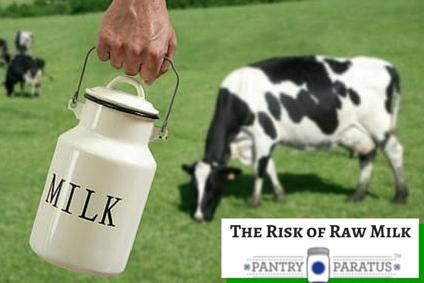
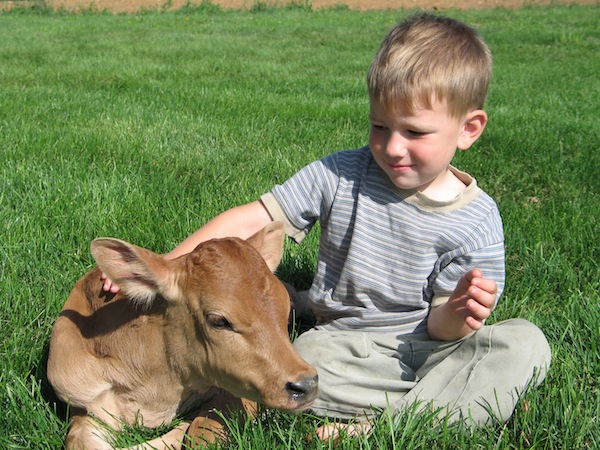

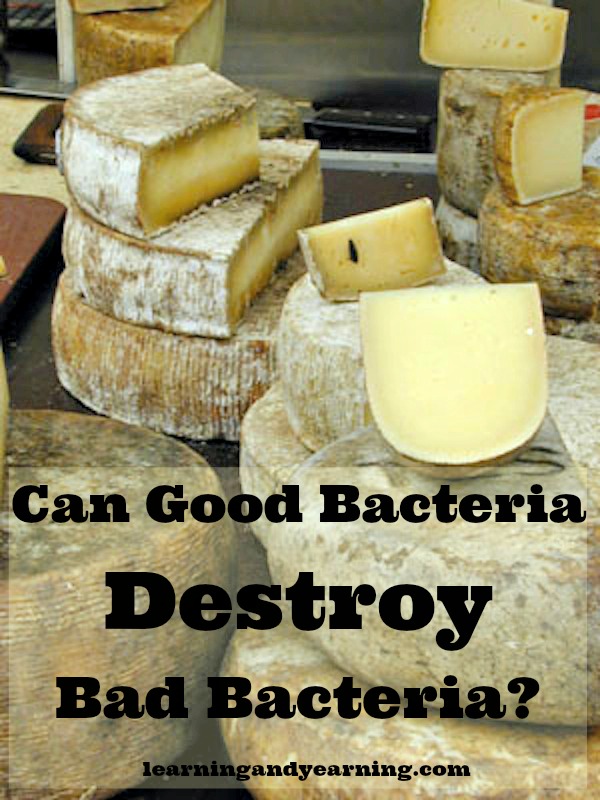
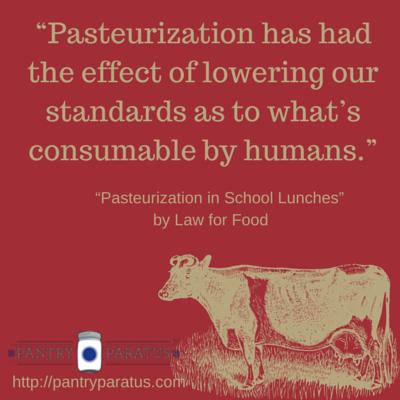
You have a beautiful mission. Carry on with your God Given talent and always be encouraged, you are doing the right thing. No matter what others say.
You are an encourager! Thank you for your comment, it totally energized me to keep going another day 😉
I drank raw milk for almost five years, until the scariest week of my life. In the middle of the night, my husband woke me up complaining of terrible diarrhea; he was rummaging in the dresser to get a clean pair of underwear. A couple hours later, his fever was 102.5. When I got home from work that day, he was almost completely helpless. That night, the diarrhea continued after every intake of fluids, with the addition of vomiting, and by the next morning, his fever was 103.2. He told me he felt like he was dying. He told me that every time he went to the bathroom, he felt like his body was trying to commit suicide and failing. The fever went down, but Imodium and Pepto had no effect. Every liquid intake resulted in and equal or greater amount of diarrhea, often bloody. We finally ended up in urgent care. Two liters of IV fluid, a CT scan, and a stool culture later, we were on our way with a bottle of Cipro. This is all very expensive for individuals without insurance.
I don’t know if the milk was the source of the confirmed campylobacter. I didn’t get sick, and neither did anyone else consuming milk from this farm. I know that nutritionally, raw milk is healthier. I know that our ancestors consumed it freely, without issue. The problem is, we’re not our ancestors. As a formula-fed infant who consumed mass amounts of processed food and chlorinated water and has gone through multiple rounds of antibiotics, my husband’s system is about as similar to his ancestors’ as it is to someone’s in Mexico or India. I don’t think many of us would willingly consume “raw” Mexican or Indian water, even if we did find out that it contained beneficial nutrients. What I realized, is that as much as a 21st century American body needs nutrition from a few centuries ago, that body might not always be able to handle what comes with it. I certainly want to nourish his body to health, but I now also feel strongly that it is my responsibility to protect him from infections like this, which means from now on, pasteurized milk.
Campylobacter is pretty difficult to pin down, given its 2-5 day incubation period and often isolated cases. It even passes routine tests, but still makes people sick.
http://www.campylobacterblog.com/campylobacter-information/raw-milk-can-harbor-campylobacter-even-after-negative-tests/#.WSl0otxya1s
When the health dept. called because the lab had reported the campylobacter case to them, my husband did not reveal information about his raw milk consumption or the farm we got our milk from. I was completely honest with our farm when I wrote and apologized for discontinuing our weekly milk deliveries. I don’t think anyone who has experienced campylobacter first hand could blame me for my decision, as it truly strikes terror into your heart.
Thank you so much for sharing your story! It can happen. I have never experienced (nor know anyone who has experienced) Campylobacter. I did have Salmonella poisoning in high school from chicken and I promise, I was convinced I was dying. It was something I wish upon no one, and I do think it’s important to stay safe. I can understand how a scare would lead you to question your source and consumption in the future, no doubt! I didn’t eat chicken for years after the salmonella poisoning, so I get it. Thanks again.